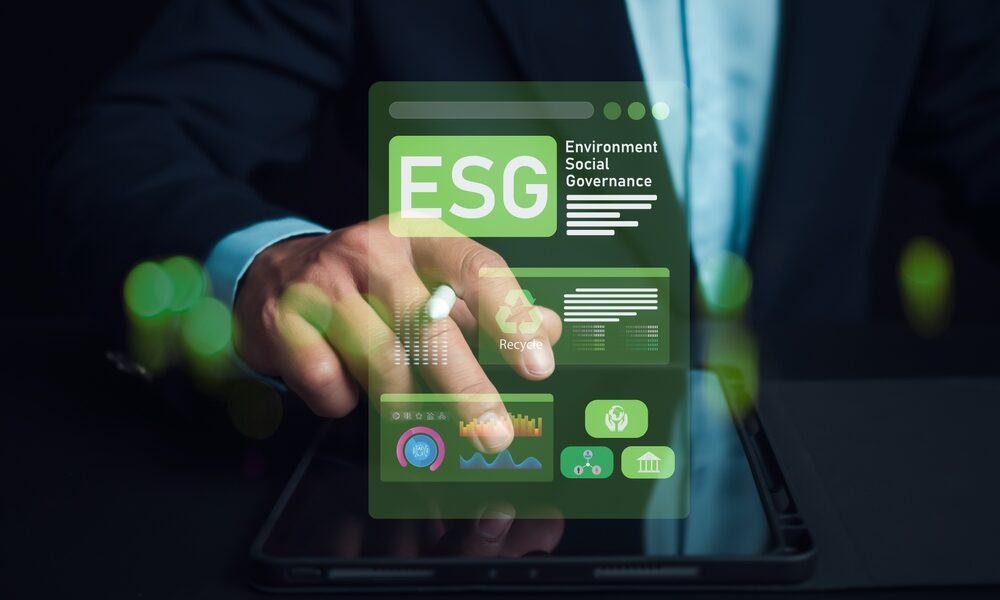
Table of Content
The Use of Virtual Data Rooms (VDRs) in ESG Reporting As sustainability becomes a global norm, ESG (environmental, social, and governance) reporting is increasingly crucial for businesses to demonstrate their commitment to sustainability. This involves collecting, analyzing, and disclosing vast amounts of data from various sources. Virtual data rooms (VDRs) have emerged as a valuable tool in this process due to their security, collaboration features, and data management capabilities.
Data Integration and Management: Laying the Foundation for ESG
Reporting ESG reporting relies on efficient integration of data from multiple sources. Manually consolidating this data is time-consuming and prone to errors. VDRs provide a centralized, secure online platform where departments can upload data according to their permissions. This includes information on energy consumption, carbon emissions, employee diversity, community investments, board structures, and executive compensation. VDRs also ensure data quality through validation rules, standardization processes, and approval workflows, guaranteeing the accuracy and reliability of the data used in ESG reports.
Report Compilation and Publication: Enhancing Efficiency and Quality in ESG
Reporting Compiling ESG reports requires collaboration across departments. VDRs offer a collaborative platform where teams can share and edit documents in real-time. Features like commenting and version control facilitate timely feedback and allow for tracking of changes, improving the efficiency and accuracy of the reporting process. VDRs also ensure secure publication of ESG reports through role-based permissions and access controls, preventing data breaches and ensuring compliance with security standards.
Enhancing Stakeholder Communication: Increasing Transparency and Trust
ESG reports are of significant interest to investors, customers, regulatory bodies, and other stakeholders. VDRs enable businesses to communicate effectively with these parties by providing timely access to reports and data. This transparency allows stakeholders to stay informed about the company’s sustainability efforts and also provides businesses with valuable feedback to improve their ESG strategies and reporting.
Supporting Decision-Making: Driving Sustainable Business Practices
VDRs leverage data analysis tools to extract value from ESG data. These tools can process data and generate visual charts that provide a clear overview of a company’s ESG performance. They can also forecast environmental performance and assess the impact of social projects, offering businesses a scientific basis for decision-making. Additionally, VDRs help in monitoring and evaluating ESG risks, enabling companies to identify potential risks and develop proactive measures to mitigate negative impacts.
Ensuring Compliance and Facilitating Audits: Guaranteeing the Compliance and Credibility of ESG Reports
Compliance with various regulations and standards is essential for ESG reports. VDRs assist businesses in adhering to standards such as GRI and SASB by providing compliance templates and guidelines, reducing legal risks. In terms of audits, VDRs maintain comprehensive records of the ESG reporting process, making it easier for auditors to review documents and operational records, thus ensuring the authenticity and credibility of the reports.
In summary, VDRs play a pivotal role in ESG reporting by supporting data integration, report compilation, stakeholder communication, decision-making, and compliance. They help businesses enhance their ESG performance and achieve sustainable development goals in the era of increasing focus on sustainability.
VDR built for Finance, Biotech, Oil & Gas, etc.
bestCoffer offers the security and convenience you need.
Get in touch with bestCoffer to find out how we can support your business.